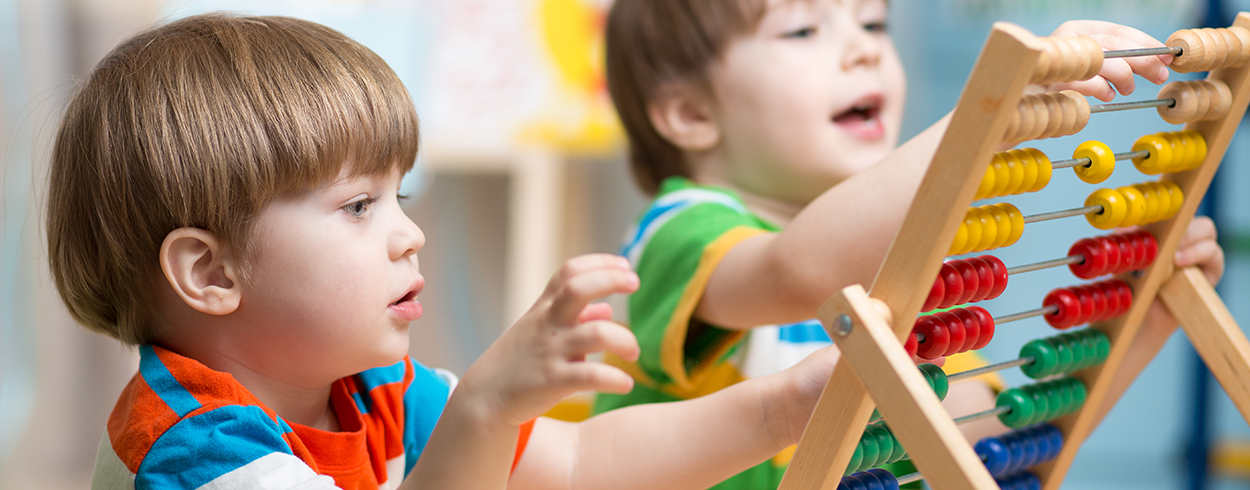Introduction
There are special words for comparing difference in size. Introduce your child to many comparison words and use them in conversation as you interact with the world around you.
Tools and Materials
Use items around the house, your bodies, toys, paper, writing tools and scissors
Steps to take
Steps detailed below
At Home
If you have 3 minutes
- In your family, talk about who is big, bigger, biggest.
- Look at shoes- talk about which shoes are small and which shoes are big/large
- Ask your child to look at plates, glasses, cups and tell how they are different in size using the words, big, bigger, biggest
- Compare your child's hand and feet to yours. Put your hand or foot next to your child's hand or foot and ask whose hand/foot is bigger. Ask whose hand/foot is smaller.
- Use your hands or feet to measure items in the house. "How many steps does it take to go across the room?" Measure the height of the refrigerator with your hands.
- Have your child pick up things like books, detergent bottles, and talk about what is heavy, heavier.
- Give your child different empty boxes -have your child put items in the box and then compare how many items fit in each.
On the Go
If you have 3 minutes
- Make hand or foot prints in snow or sand with wet hands or feet and compare sizes.
If you have more time
- Take big steps, little steps, giant steps
- Collect objects outside - leaves for size, sticks for length, rocks for weight.
- Point out objects as you drive- a small truck, large truck - "Which truck will hold more?"
- Point out a small sign, big sign.
Words to Know
Compare most all approximately more less nearly few some many
Possible Observations
Uses words comparing size, weight; chooses the biggest or smallest of several objects when asked; plays games; listens to stories and answers questions about size
